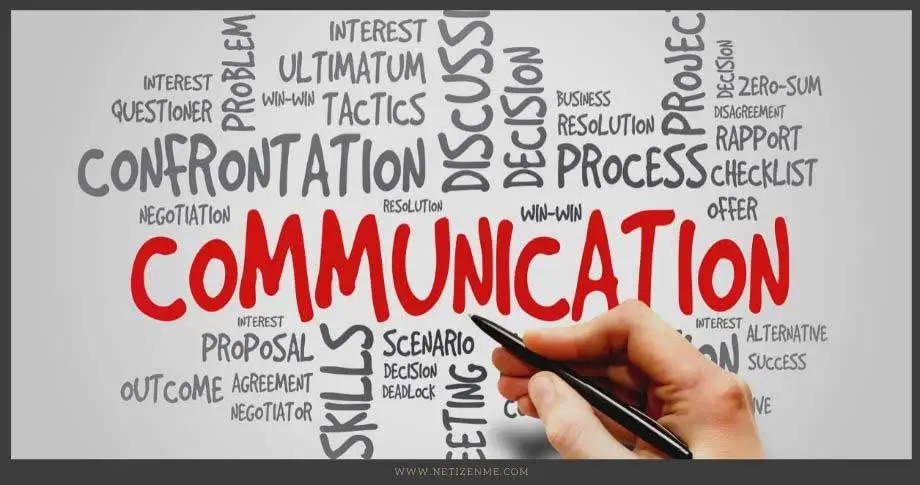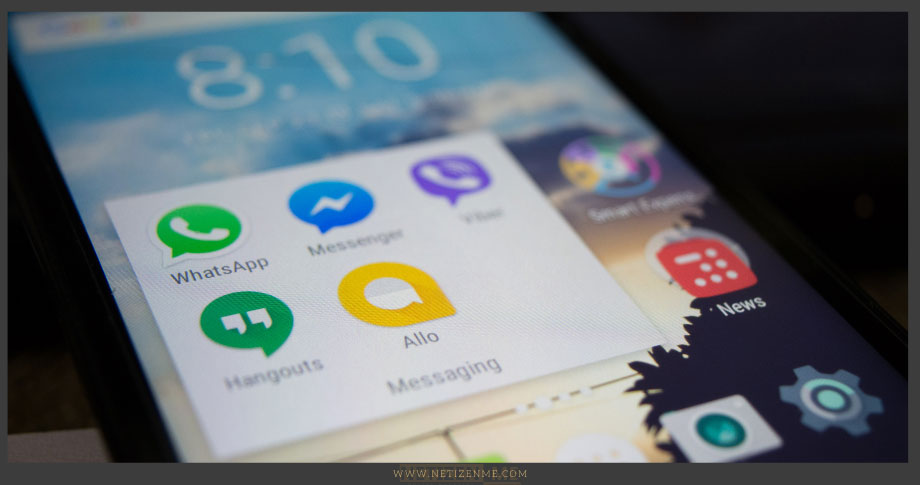Language is the best system we have for communication, but certain hindrances can prevent clarity of expression. It is therefore essential to note those possible barriers in business communication and how to avoid them.
What Are the Main Barriers to Effective Business Communication
Cliché
The use of cliché in business communication, most often than not, is frowned upon. They are words that have been used too much that they are no longer useful. They are indicative of a lack of creativity and originality. Miscommunication is bound to happen because the audience assumes they already know the meaning. Clichés also tend to weaken your message. Imagine talking to a room of customers, and after a good presentation, you end with, “in this company, we walk the talk”. You’re likely to hear some people groan across the room.
Jargon
Jargon is a word or term used by people in a particular field or occupation. It can also be called an insider language. There are times you have to speak with people from a different department or knowledge base. For instance, a surgeon talking to a patient about a procedure would have to explain the medical terms in plain language to ensure proper communication.
Slang
Say you’re talking to an older colleague about helping him out with some work and reassuring him, and you tell him you’re not “capping”. Don’t be surprised if he has a confused look on his face. You have used a slang he cannot relate to. Slang is similar to jargon, except they are used mostly in informal contexts. They involve the use of newly coined words to replace existing ones. Not everyone understands the same slang, and this can be a hindrance to successful communication.
Sexist and Racist Language
Many companies today have policies and anti-discriminatory laws against sexist and racist language. The use of this kind of language communicates disrespect and is highly inappropriate in the workplace. Sexist language can involve you addressing your female colleagues as “sexy”. Stereotypical assumptions in the form of questions or statements about particular racial groups are also considered offensive.
Euphemism
Euphemisms employ the use of acceptable words in place of unpleasant ones. While the use of euphemism is usually well-intended, it can have unexpected effects as some people can take it as a play on their intelligence. Others might miss the message entirely since euphemism aims to mask situations. It’s you saying a colleague is not the sharpest pencil in the box when what you mean is that the person is not smart.
Doublespeak
Doublespeak is a deliberate attempt to hide and distort the original meaning. When doublespeak is effective, you can be sure that clear communication has not taken place. It’s when the boss says there will be a downsizing of the company when he means he’ll be firing people. To prevent miscommunication, avoid doublespeak.
Read our article about French Communication Patterns in Business
A few examples for the major barriers in business communication
Jenna met Cassie, a newly employed software developer who was an old friend from college. After sharing a hug, Jenna proceeded to ask her what kind of work she did at the company. Cassie explained her role using technical terms, and Jenna who is a non-tech person was confused. But Jenna decided to congratulate Cassie on her new job to which Cassie replied, “All that glitters is not gold”. That sounded utterly patronizing to Jenna. Even though Cassie continued to talk, Jenna had already tuned out. Cassie could have avoided this by speaking in plain language instead of jargon and cliché.
Another example; a friend was apologizing to you assuming her actions have made you upset. You reply, “If you slap me in the right, I’ll show you my left.” This make your friend confused. She take it as you are agitated. You could have avoided this by speaking in plain language.
Sometimes, there is more than one barrier in play when you communicate. While the use of a cliché, jargon, slangs, euphemisms, doublespeak or even sexist and racist language is not ill-intended, it can have unexpected effects and hamper our ability to communicate effectively.
Our suggestions to read more about barriers in business communication:
- Hirsch, A. (2019, August 16). Taking Steps to Eliminate Racism in the Workplace. SHRM.
- Howden, D. (2019, November 20). The limits of euphemism. Recruiting Resources: How to Recruit and Hire Better.
- McLean, S. (2020). Business Communication for Success [E-book]. The Saylor Foundation.
- How American Express leverages diversity

- Techniques to Shift from Individual to Corporate Foresight

- The Digital Workspace

This article is written by:
Our professional writers and editors are passionate about sharing high-quality information and insights with our audience. We conduct diligent research, maintain fact-checking protocols, and prioritize accuracy and integrity to the best of our capacity.
You can cite our articles under the author name "Netizenme"








